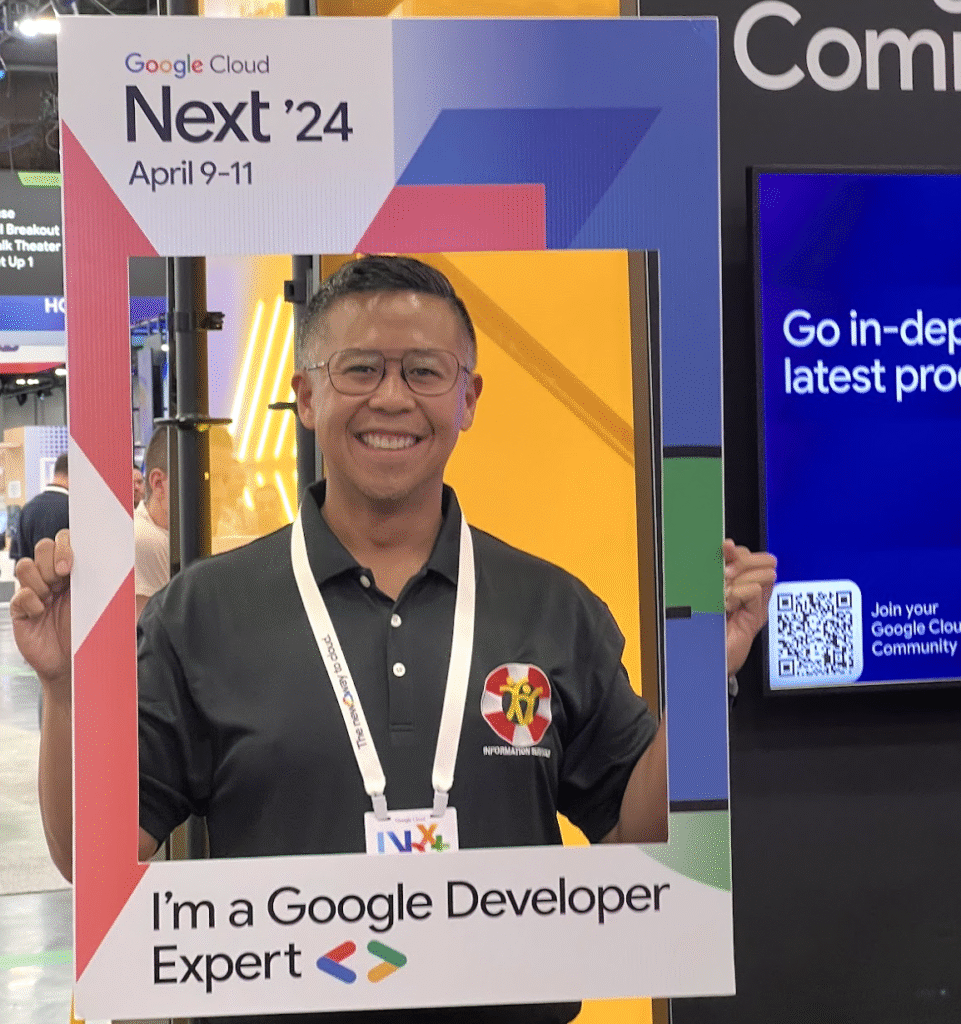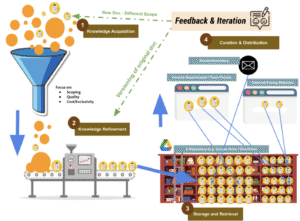Over the last 8 years, as I got deeper into cloud computing, big data, and application development, I kept coming back to a question I couldn’t quite answer: Why did I go with Google Cloud when AWS was way cheaper and more dominant?
Now that I’m in MBA 707 at Illinois Tech—Business Economics and Game Theory for Decision Making with the amazing Professor Liad Wagman—it’s finally starting to click. The concepts we’ve been unpacking in this course have put structure to instincts I had years ago.
The Commodity Layer Is Just the Entry Point

One of the big “aha” moments for me came during our discussion of Bertrand competition—where firms selling identical products compete purely on price, driving profit down to marginal cost. And suddenly it hit me: this is exactly what happened in the cloud computing market.
AWS was in the game early. They scaled fast and built out infrastructure aggressively when most people were still figuring out what “cloud” even meant. Over time, that translated into serious cost advantages—lower marginal costs across their commodity services like compute, storage, and networking. So when the cloud market evolved into something close to a Bertrand-style environment, AWS was positioned to win by undercutting rivals who couldn’t match their cost efficiency.
And if you’re Google or Microsoft, what do you do in that scenario? You don’t throw more money at the same race. You shift the game.
GCP Was Never Going to Win on Price—and That’s Not Why I Picked It
Back when I was building out our big data systems at Ingenium Schools, a small charter organization in Los Angeles, I didn’t have a team of DBAs or infrastructure engineers. I needed a data warehouse I could spin up without hiring more people to set it up or manage it. AWS might’ve been cheaper on paper, but Google had BigQuery—a fully managed, serverless analytics engine that let me get up and running right away.
I wasn’t buying infrastructure. I was buying time.
GCP’s products felt built for people like me—technical, but working lean. BigQuery, Dataflow, and Vertex AI weren’t just tools—they were force multipliers. That wasn’t a price game. That was a leverage game.
And here’s where the education space comes into play. I’ve spent most of my career in K–12 charter schools and CMOs—places that operate more like startups than legacy institutions. We rarely have the budget or staffing for full-time DBAs, DevOps engineers, or data teams. What we need is low barrier-to-entry tech that can scale with us. GCP gave us exactly that.
Seeing It Through a Game Theory Lens
Thanks to Professor Wagman’s class, I can now name what I experienced: GCP recognized that the infrastructure layer was a zero-sum Bertrand game and chose to compete differently. Instead of trying to match AWS in a race to the bottom, they climbed up the stack and focused on differentiation.
To put this into context, here’s how it looks through a game theory lens:
| Layer | Competitive Model | AWS Strategy | GCP Strategy |
| Commodity (Infra) | Bertrand (Price War) | Win on scale and cost | Compete selectively, avoid price race |
| Middleware / Tooling | Cournot-ish Capcity | Broad service coverage | Specialized high-leverage tools |
| Experience / Outcomes | Differentiation Game | Ecosystem lock-in | Ease-of-use, developer efficiency |
GCP didn’t try to fight where it couldn’t win. It created a different value proposition—tools that let individuals and small teams skip the complexity and get to insights fast.
So no—I didn’t choose Google Cloud because it was cheap. I chose it because it let me do more with less. That’s the move. And now I’ve got the game theory framework to explain why it made sense all along.
Let’s Build Something Together!
Are you a small charter organization or startup wanting to jump on the BigData bandwagon for insights into your systems? Let’s work together. https://consulting.jayraguda.com
Want more techy insights that you can read every week in less than 10 minutes?
Subscribe to my weekly newsletter on LinkedIn, Dr. Jay’s K-12 Systems Spotlight.
https://www.linkedin.com/build-relation/newsletter-follow?entityUrn=7336430863393411075




